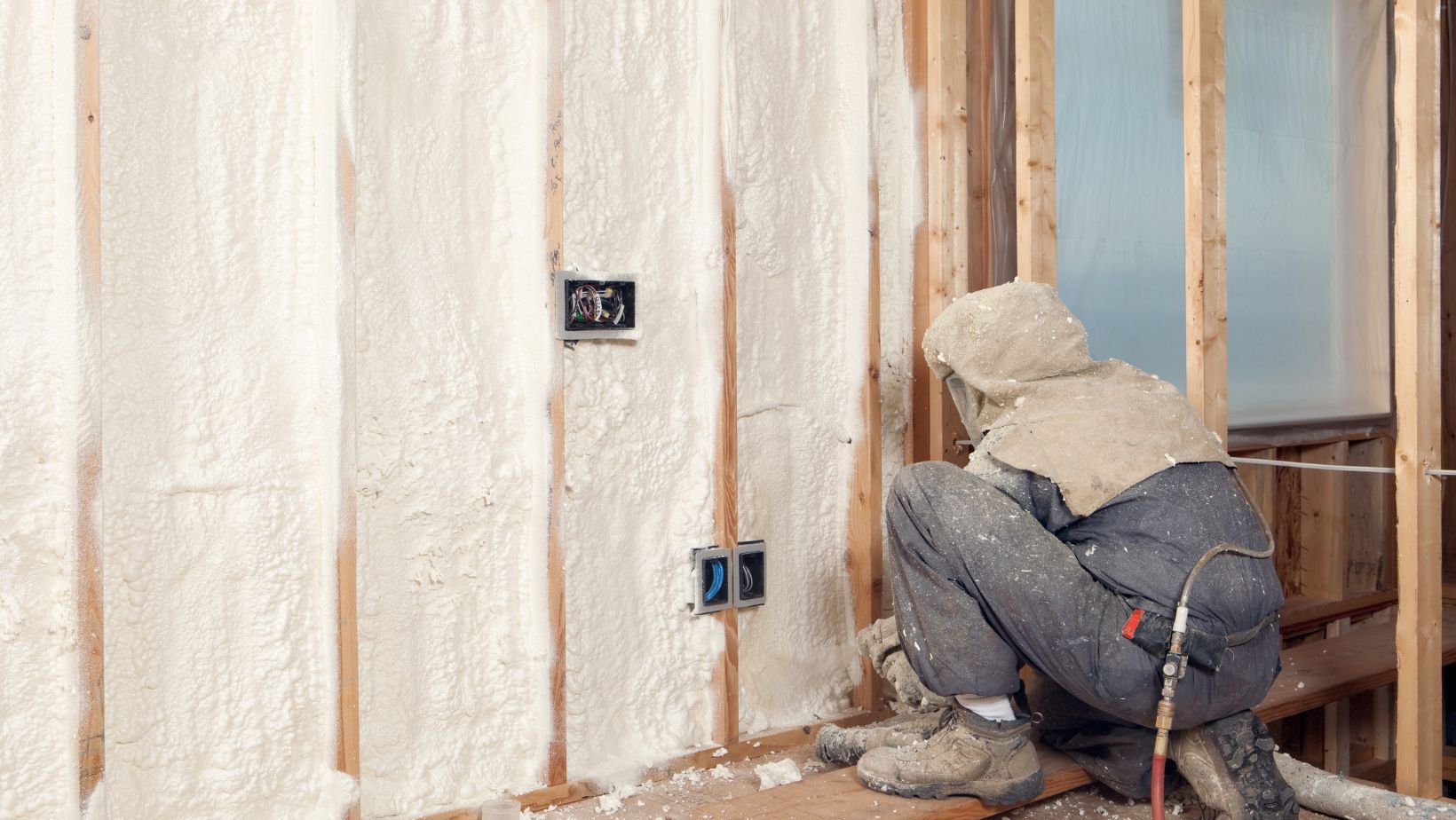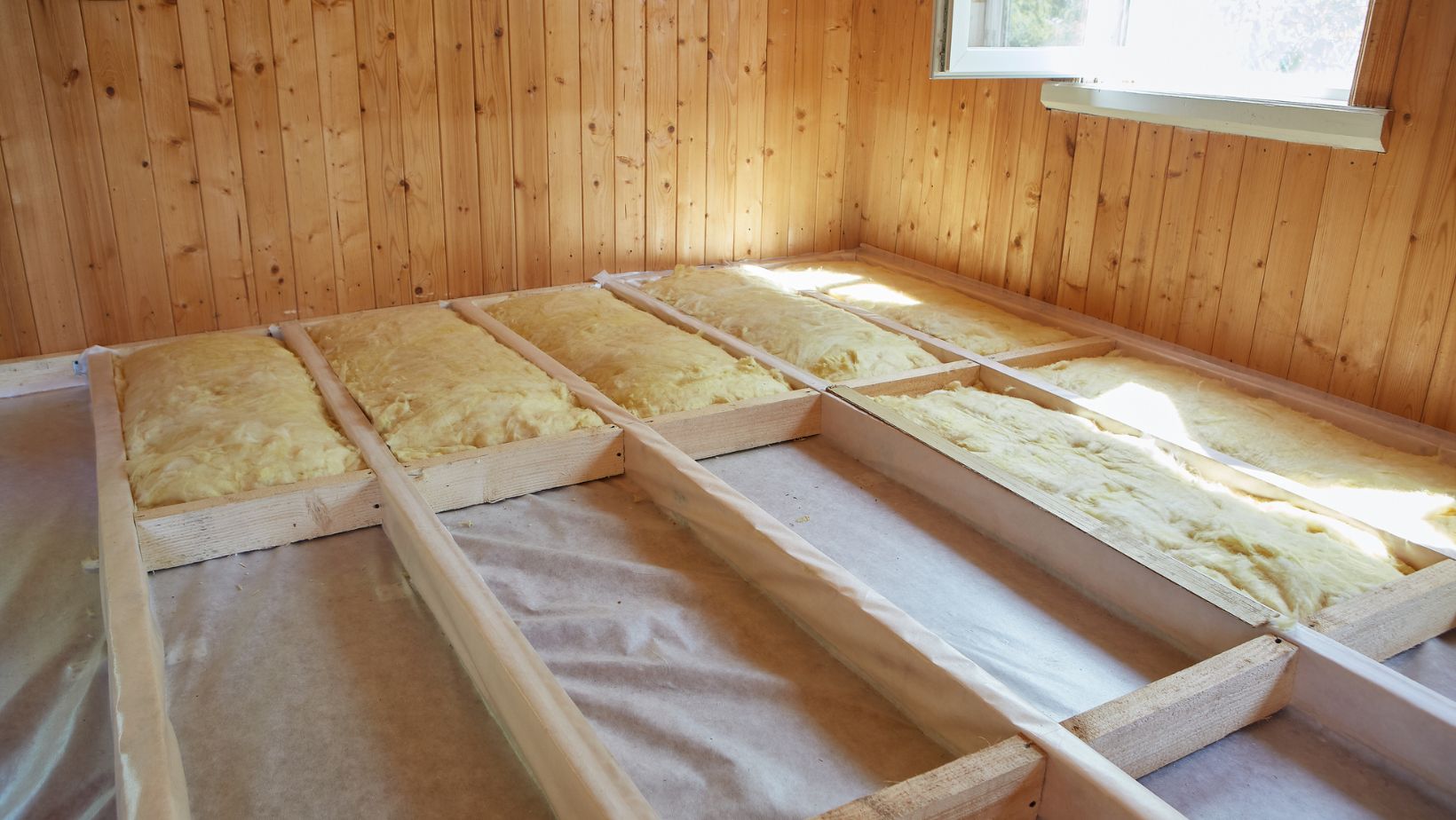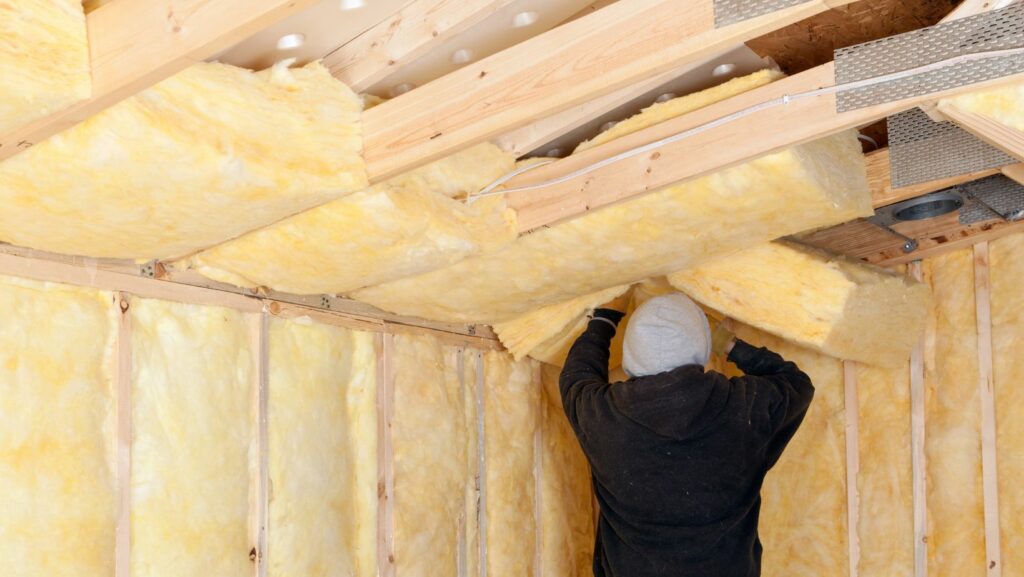Building a tiny house is an exciting adventure, but ensuring it’s well-insulated can make a world of difference in comfort and energy efficiency. One of the first steps in this process is air sealing. Without it, no insulation will keep your home from losing or gaining unwanted heat. By thoroughly sealing windows, doors, and other potential leak points, you’ll create a cozy and efficient living space.
Choosing the right insulation material is another crucial decision. Whether you opt for closed-cell spray foam, rock wool, or sheep wool, the material should suit your climate and needs. Each option offers unique benefits, from soundproofing to structural support. With the right approach, you can transform your tiny house into a snug, energy-efficient haven.
Understanding Insulation Basics for Tiny Houses
The Importance of R-Value
R-value measures insulation’s effectiveness by its resistance to heat flow. When insulating your tiny house yourself, selecting materials with appropriate R-Values is crucial. For example, fiberglass batting has an R-value of 3.14 per inch. If using two inches, the total R-value would be 6.28. This consistency aids in making direct comparisons between materials, ensuring you pick the best for your needs. Keep in mind that higher R-values mean better insulation, which translates to more comfort and energy efficiency.
Choosing the Right Insulation for Your Climate Zone
Temperature regulation varies across climate zones, so your insulation must align with your specific location. Determine your climate zone using the Department of Energy’s climate zone map. If you live in a colder region, materials like closed-cell spray foam provide excellent thermal resistance and additional structural support. Conversely, in milder climates, materials like fiberglass or rock wool may suffice. Always research local codes and recommendations to ensure compliance. Effective insulation tailored to your climate ensures optimal performance and comfort year-round.
Step-by-Step Guide to Insulating Your Tiny House
Step 1: Air Sealing for Optimal Insulation
Start by sealing all gaps and cracks in your tiny house. Air leaks can significantly reduce the effectiveness of your insulation. Use caulk or spray foam sealants around windows, doors, and any penetrations through the walls or floor. Proper air sealing ensures that your insulation works efficiently by preventing drafts and heat loss.
Step 2: Addressing Thermal Bridges
Thermal bridges are areas where heat can bypass insulation, usually through the structural components of your house. Focus on minimizing these during construction. Use insulated headers over windows and doors, and install continuous insulation over studs and corners. This reduces heat loss and improves the overall thermal performance of your tiny house.
Step 3: Complying With Building Codes
Even when insulating your tiny house yourself, you must comply with local building codes. These codes dictate minimum R-value requirements and other essential standards. Research and understand these codes before starting your insulation project to ensure that your tiny house meets all legal and safety standards.
Step 4: Installing Insulation According to Guidelines
Follow the manufacturer’s instructions when installing insulation. Make sure to fill the entire wall cavity to avoid gaps. For instance, closed-cell spray foam should be applied in thin layers and allowed to expand fully before adding more.

For batt insulation like fiberglass, ensure it fits snugly without compressing. Proper application is crucial for maintaining the insulation’s effectiveness over time.
Common Insulation Types for Tiny Houses
Spray Foam Insulation
Spray foam insulation is one of the most effective solutions for tiny houses, providing a high R-value and excellent air-sealing properties. It comes in a liquid form that expands upon application, filling gaps and cracks. Closed-cell spray foam is particularly beneficial for tiny houses in colder climates due to its superior insulation properties. This type of insulation not only minimizes heat loss but also adds structural strength to the walls.
Fiberglass and Wool Insulation
Fiberglass and wool insulation are popular choices for tiny house builders due to their availability and cost-effectiveness. Fiberglass batt insulation, made from fine glass fibers, comes in pre-cut panels that fit snugly between wall studs. Wool insulation, often made from sheep wool, is an eco-friendly option that offers good thermal performance. Both types are easy to transport and install, making them suitable for DIY projects. Ensure that you properly seal the edges to prevent air leakage and maintain insulation efficiency.
Rigid Foam Board Insulation
Rigid foam board insulation is another excellent choice for tiny houses, offering high R-values and moisture resistance. Common types include polystyrene and polyisocyanurate. These boards come in large sheets and can be cut to fit the specific dimensions of your walls, floors, and ceilings. They are particularly effective for floor insulation, where moisture resistance is crucial. Since heat easily escapes through the floor, using a rigid foam board helps keep the heat indoors, an essential aspect when insulating your tiny house yourself.
Natural and Recycled Material Insulation
Eco-conscious builders often prefer natural and recycled materials for insulation. Options like recycled denim and sheep wool provide sustainable and safe insulation. Recycled denim is treated to resist fire and pests, while sheep wool naturally regulates humidity. Both options offer good thermal performance and are easy to handle, making them ideal for DIY projects. When using natural materials, it’s essential to include a vapor barrier to prevent moisture buildup, which could compromise the insulation’s effectiveness and lead to mold issues.
Insulating Specific Areas of a Tiny House
Roof Insulation Techniques
Roof insulation is critical due to heat rising naturally. Proper insulation at a higher R-value, typically R30, helps prevent heat loss. When insulating your tiny house yourself, consider using closed-cell spray foam, which offers high R-values and adds structural rigidity. This material does not shrink, ensuring it fills all spaces effectively. If DIY, follow the manufacturers’ instructions to maintain the foam’s effectiveness and avoid health risks.
Wall Insulation Strategies
Walls require meticulous insulation to prevent thermal bridging and maintain the loft. Use batt insulation, but make sure to affix it properly to the studs to avoid slumping. Manufacturers include fibers or chemicals to keep the insulation lofty and often provide backing systems to secure the material.

For added insulation, apply a layer of rigid foam board or ZipR sheathing, which integrates insulation within the sheathing, improving the overall thermal resistance of the walls.
Effective Floor Insulation
The floor is a critical area in a tiny house, especially if it’s built on a trailer, as cold air flows beneath it. Using rigid foam board insulation can effectively combat thermal bridging and provide a high R-value. A thorough air-sealing process before laying the insulation will enhance its efficiency. Focus on sealing intersections of walls to the floor and other penetrations to prevent air leaks, ensuring the insulation performs optimally. For those opting for fiberglass or rock wool, ensure the insulation is thick and secured to withstand the structural demands and maintain thermal performance.


More Stories
How to Bet from Your Phone, Even If You Have Weak Internet
Cyprus Residency vs. Citizenship: What’s the Difference?
5 Tips for Choosing a Barndominium Floor Plan for Your Dream Home